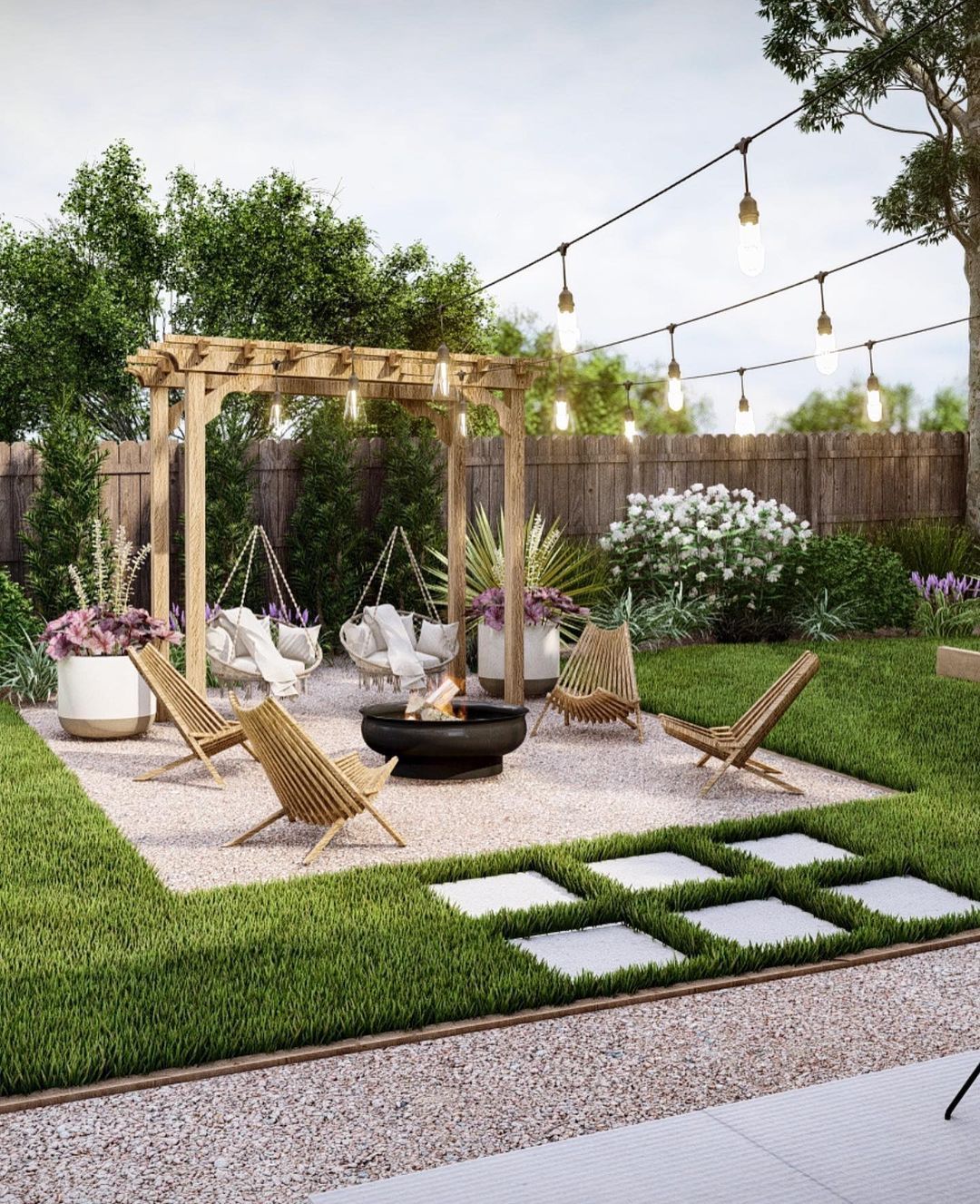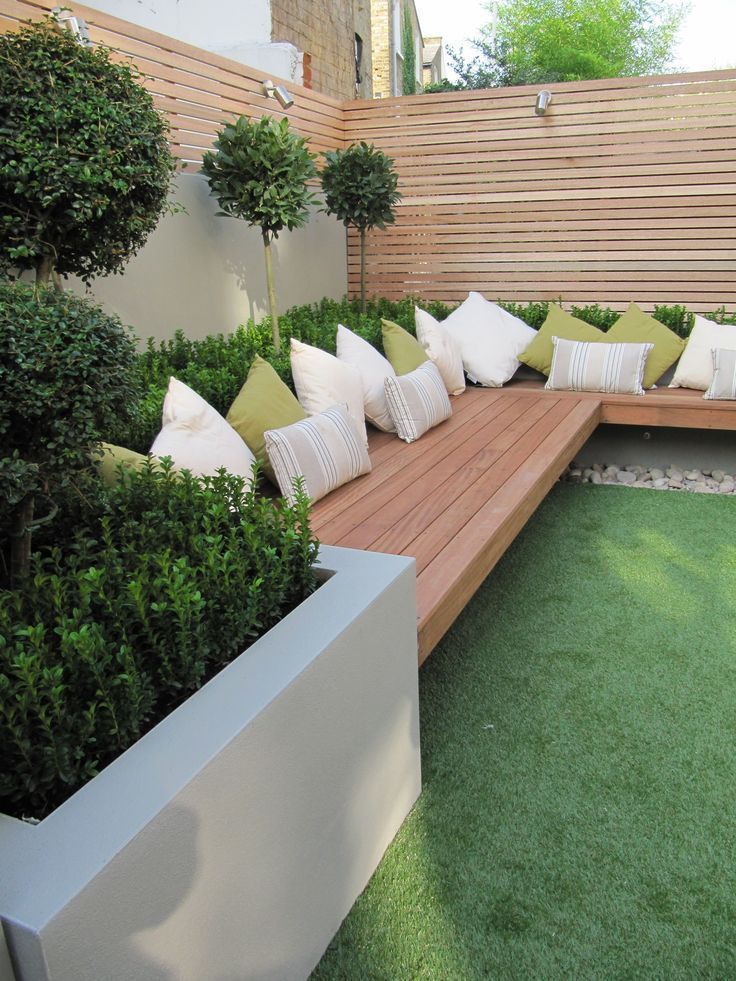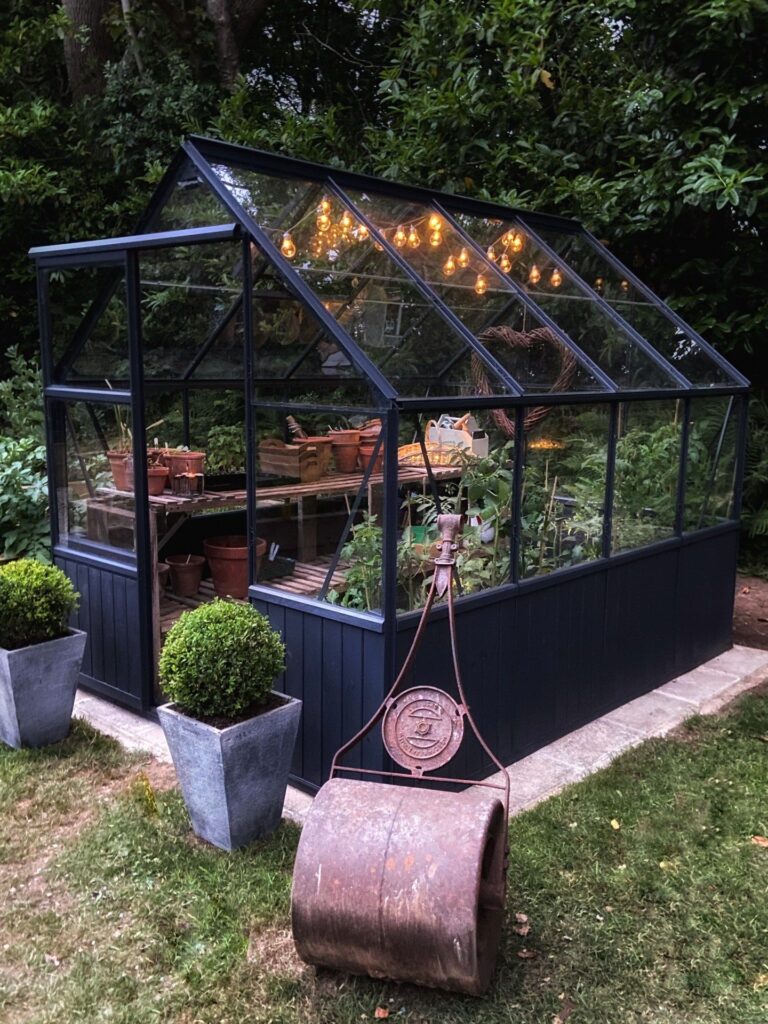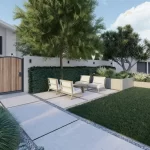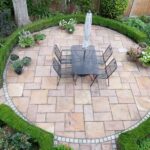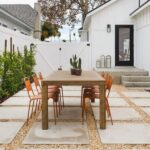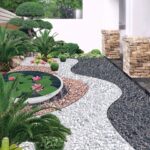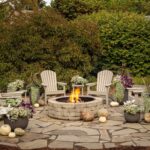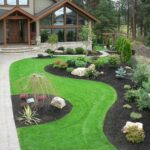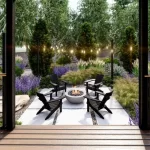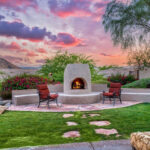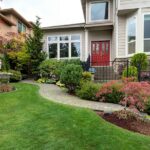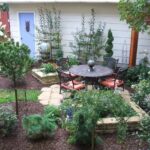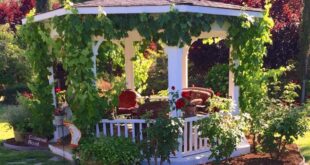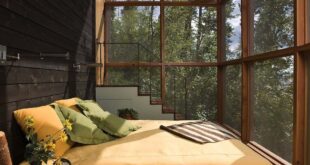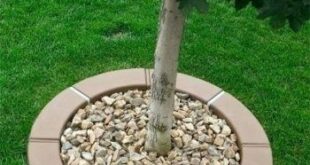A well-designed yard can make a huge impact on the overall look and feel of a home. Whether you have a small urban garden or a spacious backyard, there are countless ways to create a stunning outdoor space that reflects your personal style and enhances your living environment.
One key element of yard design is landscaping. This involves selecting and arranging plants, trees, and other natural elements to create a visually appealing and functional outdoor space. Consider the climate and soil conditions in your area when choosing plants, and think about how different species will grow and interact with each other over time. Trees and shrubs can provide shade, privacy, and wildlife habitat, while flowers and grasses can add color and texture to your yard.
Hardscaping is another important aspect of yard design, which involves the use of non-living elements like stone, wood, and concrete to create pathways, retaining walls, patios, and other structures. Hardscaping can help define different areas of your yard, create visually interesting focal points, and provide practical solutions for drainage and erosion control. Consider using natural materials that complement the style of your home and the surrounding landscape.
Outdoor living spaces are becoming increasingly popular, as more homeowners seek to extend their indoor living areas into the outdoors. Consider adding a deck, patio, or porch to create a comfortable and inviting place to relax, entertain, and enjoy nature. Incorporate outdoor furniture, lighting, and accessories to create an outdoor room that feels like an extension of your home.
Water features like fountains, ponds, and waterfalls can add a sense of tranquility and luxury to your yard. The sound of running water can mask noise from nearby streets and neighbors, creating a peaceful oasis in the midst of a busy urban environment. Water features can also attract birds, butterflies, and other wildlife to your yard, adding to its natural beauty and biodiversity.
Finally, don’t forget about the importance of maintenance when designing your yard. Plan for regular watering, pruning, weeding, and mowing to keep your outdoor space looking its best. Consider using sustainable gardening practices like composting, mulching, and eco-friendly pest control to minimize your impact on the environment. With careful planning and attention to detail, you can create a yard that enhances your home and lifestyle for years to come.
 yishifashion Where Outdoor Dreams Become Reality
yishifashion Where Outdoor Dreams Become Reality
